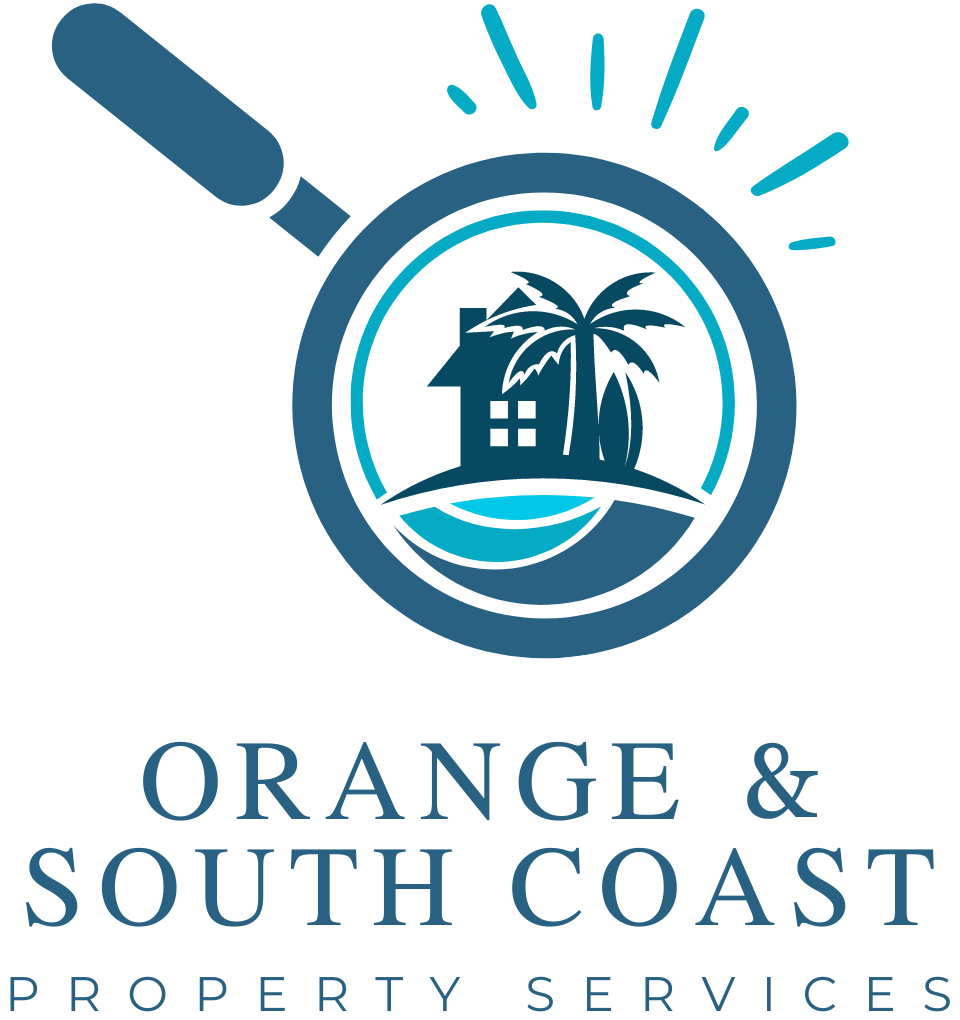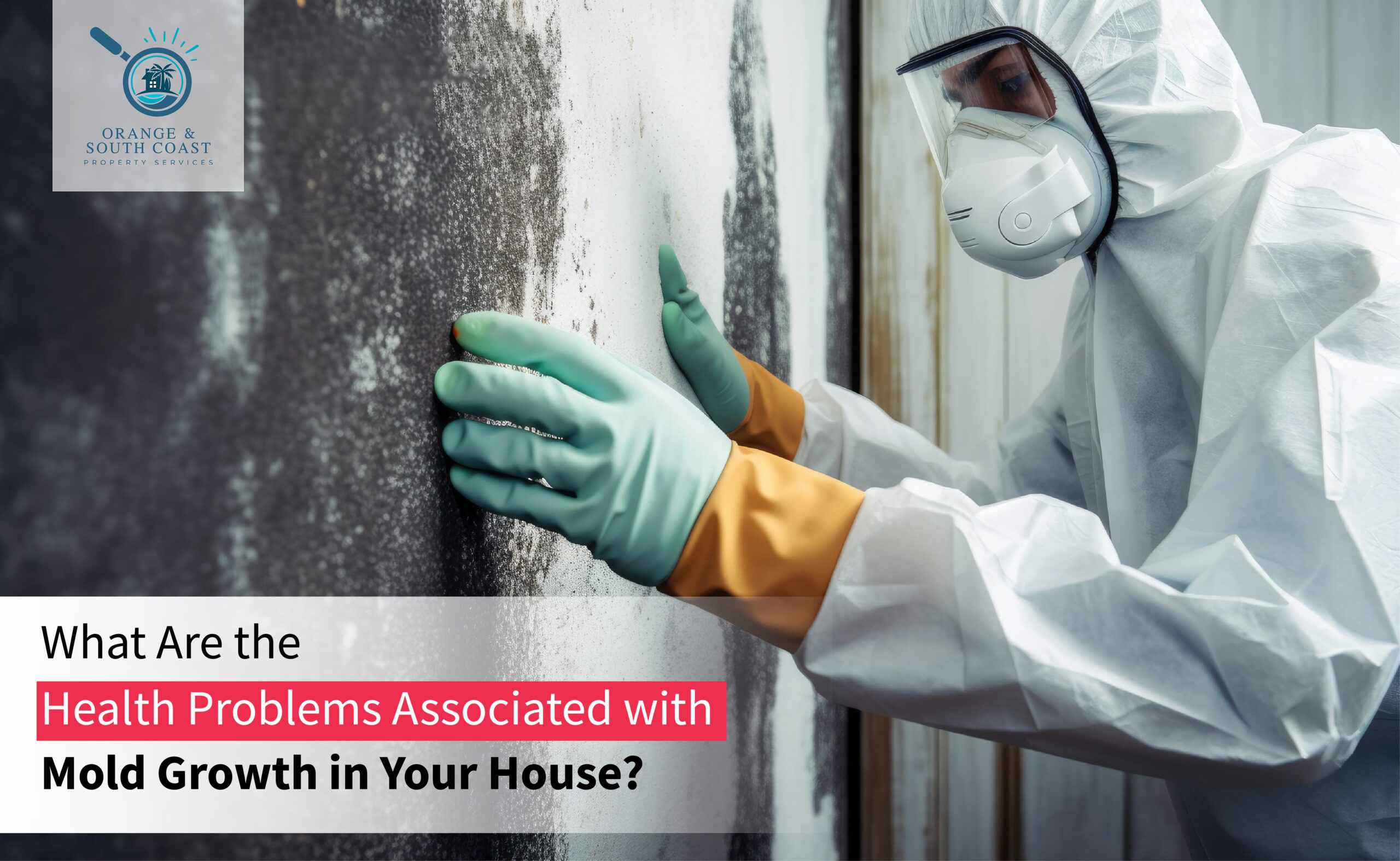Mold growth in your house can be more than just an unsightly issue. Mold’s indoor presence, particularly in excessive amounts, can adversely affect individuals. It can lead to various health problems that can affect occupants’ comfort and physical well-being.
Mold growth in your house can cause health issues like respiratory problems, allergic reactions, and infestations. If you have asthma, you likely have severe reactions because of mold in your house.
In this blog we will talk about what are the mold health issues, whether it can mold cause heart problems, and how to get rid of mold.
What Are the Mold Health Issues?
We can credit mold as a common and natural part of the environment. But not when it infiltrates our homes. Then, it becomes a significant health concern.
Mold exposure can be a reason for various health issues. It worsens if you are sensitive or allergic to mold spores. Below are some common health issues that are associated with mold growth.
Respiratory Issues
Respiratory distress is one of the most common health issues linked to mold exposure. Mold spores can be breathed, which can cause various respiratory problems. This is especially the case in people who already have conditions like asthma. The possible symptoms can be coughing, wheezing, pressure in the chest, and breathing problems.
Allergic Reactions
For many people, mold spores are allergenic, triggering allergic reactions. Common allergic symptoms include sneezing, runny or stuffy nose, itchy or watery eyes, and skin rashes.
Allergic individuals may experience these symptoms when exposed to mold, particularly indoors.
Sinus Infections
Mold exposure can lead to sinus infections, particularly in individuals with weakened immune systems. The mold spores can settle in the sinuses and cause irritation and infection.
Symptoms of sinus infections may include facial pain, headaches, nasal congestion, and a persistent cough.
Skin Irritation
Skin irritation can result from direct contact with mold or mold-infested items. This may manifest as redness, itching, and rashes. Skin reactions to mold are more common in those with mold sensitivity or existing skin conditions.
Eye Irritation
Mold spores in the air can also irritate the eyes, leading to redness, itching, and watery eyes. These eye irritations can be particularly bothersome and impact one’s overall well-being.
Infections
Individuals with weakened immune systems may be at risk of fungal infections caused by mold. These individuals can be the ones undergoing chemotherapy or individuals with HIV/AIDS. These infections can be severe and require medical attention.
Hypersensitivity Pneumonitis
In some cases, mold exposure can lead to hypersensitivity pneumonitis, an inflammation of the lung tissue. Its symptoms include fever, chills, cough, and difficulty breathing. Individuals with this condition need to avoid mold exposure to prevent its recurrence.
Mycotoxin Exposure
Some molds can produce mycotoxins, which are toxic substances that can have a range of harmful effects on human health. Exposure to mycotoxins can lead to severe health problems. These problems include gastrointestinal issues, neurological symptoms, and immune system suppression.
Can Mold Cause Heart Problems?
Yes, mold exposure can be a reason behind heart problems; these include:
- Myocarditis (inflammation of the heart muscle)
- Endocarditis (an infection of the lining of the heart)
- Damage to the heart muscle
- Damage to the heart valves
Bloodstream infections brought on by mold can harm one or more of the body’s vital organs, including the heart. Fever, exhaustion, disorientation, headache, shortness of breath, pain in the neck and shoulders, fainting, achy muscles, and painful, swollen joints are just a few of the symptoms of heart inflammation and associated cardiac issues.
Please be mindful that heart problems linked to mold are rare. But they can occur and can have disastrous effects when they do.
How to Deal With Mold Within Your Property?
Whether you’ve discovered visible mold growth or suspect its presence, dealing with it promptly and effectively is essential. Following are the steps to deal with mold within your property. These steps can help you ensure a safe and healthy indoor environment.
Mold Inspection: Identifying the Problem
The first step in addressing mold issues is identifying the extent and location of the problem. Mold often thrives in areas with high humidity or moisture. Thus, your bathrooms, kitchens, basements, and areas with water damage are common hotspots.
While visible mold growth is noticeable, mold can also hide in concealed areas such as inside walls or under flooring. If you suspect mold but can’t locate it, you may need a professional mold inspection to assess the extent of the problem.
Professional Mold Inspection
A professional mold inspection is a thorough assessment carried out by experts in the field. These inspections involve visual examinations, moisture measurements, and air sampling. This helps determine the presence and extent of mold in your property. They can pinpoint mold growth in hidden or hard-to-reach areas, providing a comprehensive assessment that guides the remediation process.
Assess the Cause of Mold Growth
Once you’ve identified the mold issue, assessing and rectifying the underlying cause of mold growth is crucial.
Mold thrives in damp, humid conditions, so you must locate and eliminate the moisture source.
Common culprits include leaky pipes, roof leaks, poor ventilation, and high indoor humidity. Addressing the root cause can prevent mold from returning after remediation.
Isolate the Affected Area
It’s vital to isolate the affected area to prevent mold spores from spreading to other parts of your home. Seal off the space using plastic sheeting and tape to secure the edges.
Additionally, consider closing vents and doors to adjacent rooms, creating a barrier to contain the mold.
Safe Mold Removal
Thoroughly scrub the affected surfaces with a mold-killing solution and a scrubbing brush. It’s essential to be meticulous to remove all visible mold. Any materials or items that cannot be effectively cleaned and sanitized should be sealed in plastic bags and removed from the property.
Cleaning and Disinfecting
Once the visible mold is removed, cleaning and disinfecting the area is crucial. This helps ensure the elimination of any remaining mold spores. Utilize a disinfectant designed for mold remediation, following the manufacturer’s instructions meticulously.
Prevention for the Future
Preventing mold from returning is as important as dealing with the current issue. To achieve this, address the root causes by fixing water leaks, improving ventilation in damp areas, and maintaining indoor humidity levels within a healthy range.
Further, you should regularly inspect your property for signs of moisture or mold growth and address any issues promptly.
Seek Professional Help
Sometimes, mold infestations may be extensive or located in hard-to-reach areas. You may seek professional help when you’re uncertain about the extent of the problem or feel overwhelmed by the remediation process. Contact mold remediation experts in such cases. These professionals have the experience and equipment to handle even severe mold issues effectively.
Mold Health Issues: Protecting Your Home and Family
Understanding the health problems associated with mold growth in your house is crucial. It helps the maintenance of a secure and healthy living environment.
Mold-related health issues encompass a range of respiratory and allergic symptoms. These can impact the well-being of occupants.
To safeguard your family and yourself, it’s essential to be vigilant in preventing mold, addressing moisture issues, and promptly remedying any mold problems. A proactive approach ensures that your home remains a haven of health and well-being, free from the potential risks of mold growth.
Are you looking to secure your property’s safety and quality? Reach out to Orange and South Coast Property Services for reliable inspections you can rely on.

